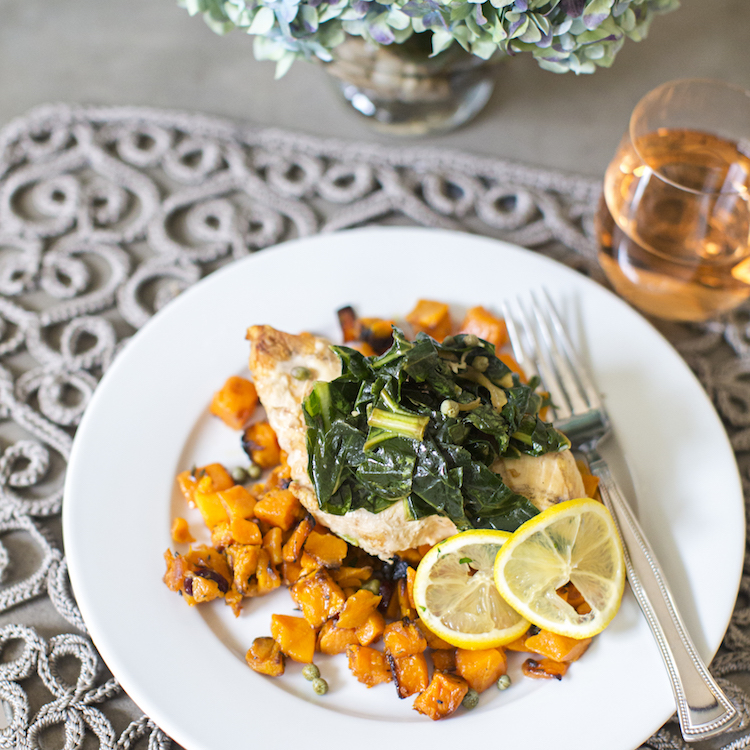- February 2013 (2)
- April 2013 (1)
- May 2013 (1)
- June 2013 (4)
- July 2013 (11)
- August 2013 (2)
- September 2013 (2)
- October 2013 (2)
- December 2013 (1)
- January 2014 (9)
- February 2014 (6)
- March 2014 (10)
- April 2014 (7)
- May 2014 (8)
- June 2014 (7)
- July 2014 (3)
- August 2014 (15)
- September 2014 (10)
- October 2014 (7)
- November 2014 (2)
- December 2014 (6)
- January 2015 (3)
- February 2015 (6)
- March 2015 (6)
- April 2015 (5)
- May 2015 (5)
- June 2015 (3)
- July 2015 (1)
- September 2015 (1)
- October 2015 (1)
- November 2015 (7)
- December 2015 (7)
- January 2016 (12)
- February 2016 (7)
- March 2016 (9)
- April 2016 (8)
- May 2016 (5)
- June 2016 (6)
- July 2016 (8)
- August 2016 (8)
- September 2016 (5)
- October 2016 (7)
- November 2016 (1)
- December 2016 (6)
- January 2017 (3)
- February 2017 (3)
- March 2017 (1)
- June 2017 (1)
- July 2017 (1)
- August 2017 (2)
- September 2017 (3)
- November 2017 (1)
- December 2017 (1)
- January 2018 (1)
- February 2018 (1)
- May 2018 (1)
- June 2018 (3)
- August 2018 (3)
- September 2018 (3)
- October 2018 (5)
- November 2018 (2)
- January 2019 (1)
- February 2019 (2)
- March 2019 (3)
- April 2019 (3)
- May 2019 (5)
- June 2019 (2)
- July 2019 (4)
- August 2019 (5)
- September 2019 (5)
- October 2019 (5)
- November 2019 (3)
- December 2019 (6)
- January 2020 (6)
- February 2020 (4)
- March 2020 (7)
- April 2020 (5)
- May 2020 (4)
- June 2020 (3)
- July 2020 (5)
- August 2020 (5)
- September 2020 (4)
- October 2020 (7)
- November 2020 (4)
- December 2020 (3)
- January 2021 (3)
- February 2021 (5)
- March 2021 (8)
- April 2021 (4)
- May 2021 (5)
- June 2021 (7)
- July 2021 (4)
- August 2021 (5)
- September 2021 (3)
- October 2021 (2)
- November 2021 (2)
- January 2022 (3)
- February 2022 (1)
- March 2022 (2)
- April 2022 (1)
- May 2022 (4)
- June 2022 (6)
- July 2022 (6)
- August 2022 (5)
- September 2022 (4)
- October 2022 (3)
- November 2022 (1)
- December 2022 (1)
- January 2023 (3)
- February 2023 (2)
- March 2023 (5)
- April 2023 (3)
- May 2023 (3)
- June 2023 (5)
- July 2023 (2)
- August 2023 (1)
- September 2023 (3)
- October 2023 (2)
- January 2024 (2)
- February 2024 (4)
- April 2024 (2)
- May 2024 (2)
- June 2024 (19)
- July 2024 (3)
- August 2024 (1)
- September 2024 (4)
- October 2024 (4)
- November 2024 (4)
- December 2024 (2)
- January 2025 (1)
- February 2025 (3)
- March 2025 (1)
- April 2025 (1)
- May 2025 (3)
- June 2025 (3)
- July 2025 (1)
- August 2025 (2)
- September 2025 (1)
- October 2025 (1)
- November 2025 (5)
- December 2025 (1)
Perfecting Piccata
Tuesday, March 8, 2016

While the origins of piccata are vague, the signature flavors are anything but. Most believe this dish to be authentically Italian, but it seems to have found its start when Italians immigrated to the US in the early 1900s. However it got here, we are thankful to have this easy go-to sauce in our cooking toolkit. Let us teach you the basics.
The word piccata literally translates to thin slices (usually of meat) but it is more commonly thought of as the buttery lemon sauce that tops our favorite meats. Not only is it delicious, but it’s so easy to make! It’s the simply perfect combination of acid, salt & butter. Most commonly the acid is fresh lemon juice and the salty crunch comes from capers. It's balanced out with a splash of wine and/or broth. All of these flavors infuse and leave you with a sauce that perfectly tops any meat and just one pan to clean up.
There are endless possibilities for customizing this sauce. You can add your favorite nuts or herbs and top just about anything from veal to pasta. Most commonly, meats are lightly coated in flour and pan fried before getting the piccata sauce treatment.
This week’s Chicken Piccata will teach you the basics of a great piccata sauce. You’ll be in and out of the kitchen in less than 30 minutes with just a sauté pan & sheet pan to clean up. Now that piccata perfection!


